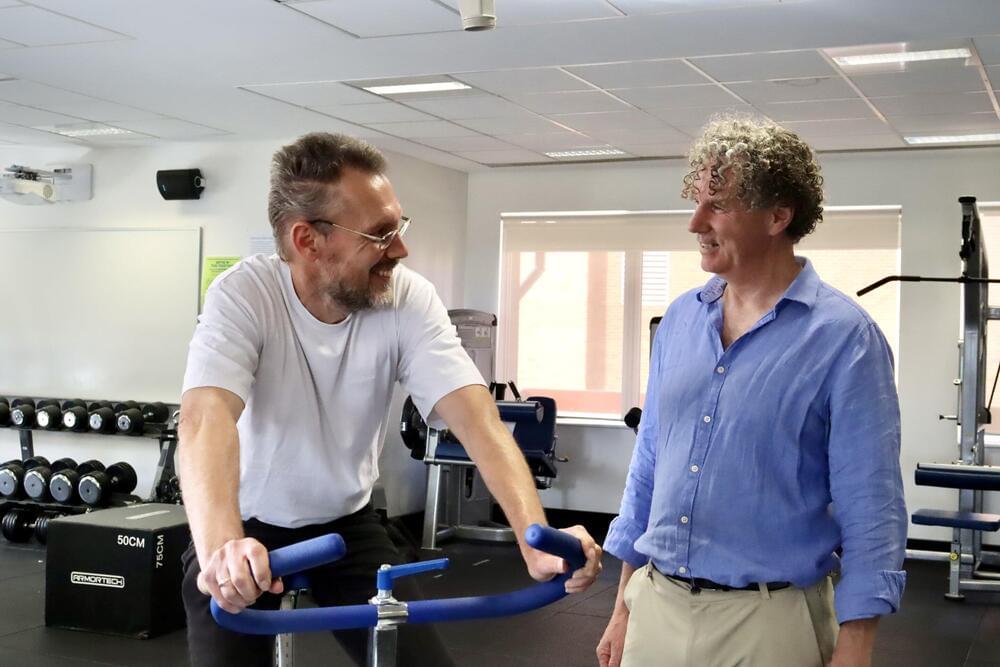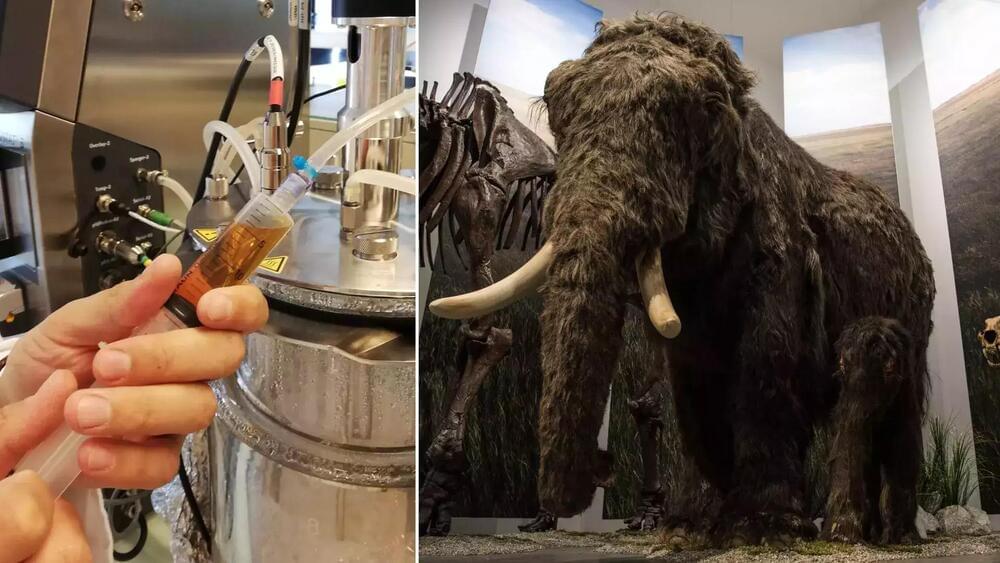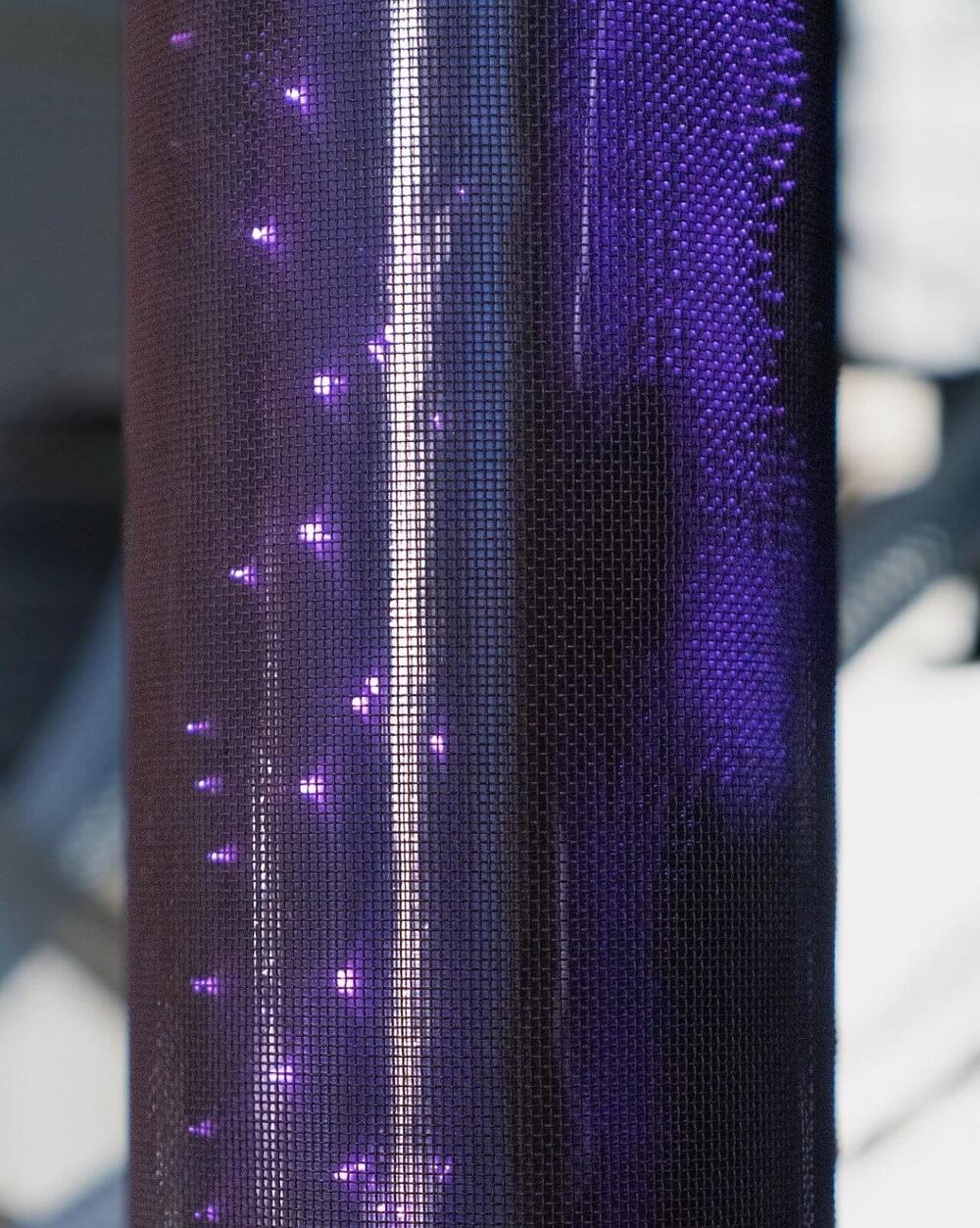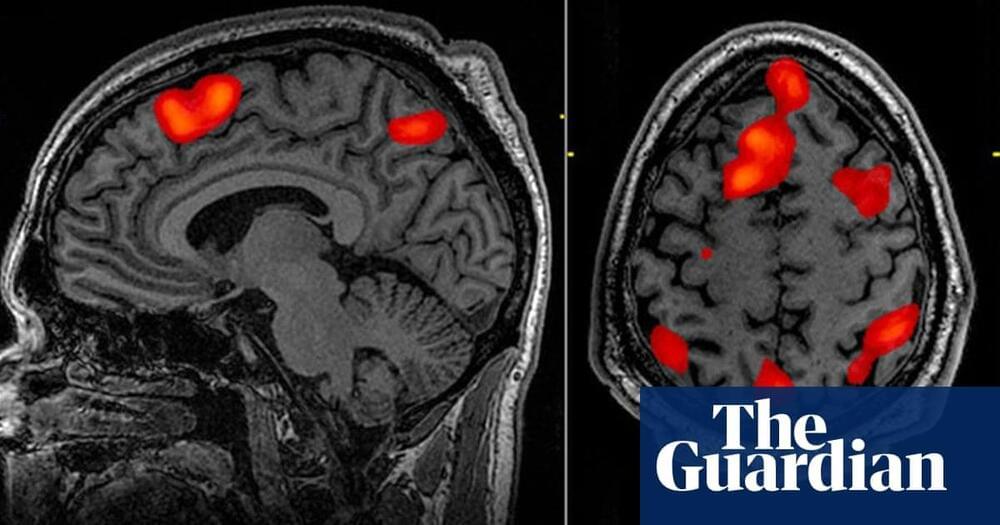A major impediment to treating the deadly brain cancer glioblastoma has been that the most potent chemotherapy can’t permeate the blood-brain barrier to reach the aggressive brain tumor.
But now Northwestern Medicine scientists report results of the first in-human clinical trial in which they used a novel, skull-implantable ultrasound device to open the blood-brain barrier and repeatedly permeate large, critical regions of the human brain to deliver chemotherapy that was injected intravenously.
The four-minute procedure to open the blood-brain barrier is performed with the patient awake, and patients go home after a few hours. The results show the treatment is safe and well tolerated, with some patients getting up to six cycles of treatment.







